New development context of the Central Key Economic Zone today
The global economy in the period of 2021 - 2030 has many complex and unpredictable fluctuations. Countries are pursuing the trend of globalization and international integration while facing the rise of "protectionism", forcing many countries and international organizations to adjust their economic development strategies and policies. On the other hand, the trend of global and regional stability has become difficult to determine due to competition between major economies, changes in the international and regional division of labor, affecting the consumer market, product distribution and the investment and development environment. The global economic growth rate is forecast to slow down compared to the previous period, international trade and investment tend to decline; public debt increases, risks in the international financial and monetary markets are increasing. The COVID-19 pandemic has left serious consequences for the world economy; The Fourth Industrial Revolution has a rapid and profound impact on many areas of economic, social, cultural and environmental life. Many growth models based on digital economy, green economy and circular economy have been chosen by countries, in which creative economy is dominating development and labor productivity. Non-traditional security challenges are increasing, requiring stronger connectivity and cooperation to solve, posing new problems for sustainable development, etc.
Meanwhile, After nearly 40 years of implementing the renovation process, the position and strength of our country have increased significantly, both in terms of scale and economic competitiveness. The economic growth rate has improved, the structure has shifted towards in-depth development, and the use of input resources has become more effective. In addition, the process of international economic integration is increasingly deep, our country has signed and participated in many important free trade agreements ( 1) , requiring strong and extensive innovation and reform of economic institutions, creating opportunities to expand the market and attract investment for development, promoting industrialization and modernization. The private sector is increasingly making important contributions to the development of the national economy. However, the risk of falling into the middle-income trap and economic backwardness remains a worrying challenge; the high level of international economic integration causes global economic fluctuations to have a rapid and strong impact on the domestic situation.
Workers work at the THACO Group's automotive wiring system assembly line in Da Nang city_Photo: VNA
On the other hand, the economy's autonomy and self-reliance are greatly affected by fluctuations in the foreign investment sector and large markets, while internal weaknesses have not been thoroughly resolved. In particular, the ability to access the digital economy is still limited; fundamental factors such as infrastructure and human resources need to be improved. Vietnam's participation in the global and regional supply chain is still modest, mainly at the simple stage; the demand for capital to serve development is increasing, while preferential capital and aid are on a downward trend. Social issues such as population aging, the gap between rich and poor, urbanization, etc. create increasing pressure on the task of economic development, requiring Vietnam to proactively overcome difficulties, quickly adapt, and seize new opportunities when the global economic structure and production and consumption methods change. More importantly, the country's labor productivity is quite low and the quality of jobs is not high, so the trend of high-quality labor moving abroad is increasing,...
The Central Key Economic Zone includes Da Nang city, Thua Thien Hue, Quang Nam, Quang Ngai and Binh Dinh provinces. The region has a natural area of 27,881.7 km² (accounting for 8.45% of the total area of the country and ranking second among the four key economic regions); the population of the region is about 6.65 million people (in 2022), equivalent to 6.77% of the country, ranking third among the four key economic regions (2) . This is a locality that plays an important role in the socio-economic development strategy, ensuring national defense and security of the Central - Central Highlands region as well as the whole country. The Central Key Economic Zone is expected to become a strong marine economic center, playing a driving role for the development of the entire North Central and Central Coast regions; an important gateway to the sea for the Central Highlands provinces, contributing to protecting the country's sovereignty over the sea and islands. Currently, the current situation and orientation of sustainable economic development of the region, especially in building high-quality human resources, are strongly influenced by international, regional, national and regional factors in the new context from now until 2030, with a vision to 2050.
In recent years, the Central Key Economic Zone has achieved many remarkable economic achievements. In the period 2001 - 2019, the average growth rate of gross regional domestic product (GRDP) has always been maintained at a high level (10.25%/year), especially in the period 2011 - 2019, the growth rate decreased (8.14%) compared to the previous period, but was still higher than the national average (6.2%/year). In particular, Da Nang city has the highest GRDP growth rate in the region (12.05%/year); Quang Nam province ranked second (11.58%/year) thanks to the great contribution of Chu Lai Open Economic Zone and Chu Lai - Truong Hai automobile complex, helping the Vietnamese automobile industry participate in the global value chain; Quang Ngai province also achieved high growth (11.19%/year) thanks to the operation of Dung Quat Oil Refinery since 2009; However, in the first 6 months of 2024, Binh Dinh province's GRDP is estimated to increase by 7.6%, the leading growth rate in the Central Key Economic Region (3) . Currently, the region has 4 coastal economic zones, 4 deep-water ports, and 4 airports, creating favorable conditions for industrial development, logistics associated with seaports, and tourism.
Current status of human resources serving socio-economic development of the Central Key Economic Region
Despite its relatively strong development, the economic scale of the Central Key Economic Zone is still quite small compared to the whole country. In 2001, the GRDP of the whole region accounted for only about 5% of the national GDP; by 2019, this rate increased to 7.09%; in 2022 it decreased to 5.35%. In general, the region has a low starting point, the economic contribution of the region does not reflect the potential, available advantages and expectations of the people. The main reasons come from the severity of natural disasters (such as storms, floods, droughts, narrow and long terrain, ...), weak infrastructure, especially the underdeveloped connecting transport system, leading to ineffective exploitation of potential, affecting the competitiveness of the region compared to the key economic regions in the North and the South. Currently, all provinces and cities in the region have approved provincial planning for the period 2021-2030, with a vision to 2050. Decision No. 376/QD-TTg, dated May 4, 2024, of the Prime Minister, on "Approval of the Planning for the North Central and Central Coastal Region for the period 2021-2030, with a vision to 2050" was issued, ensuring long-term sustainable development orientation for the entire region and localities within the region. In particular, implementing the policy of merging provincial-level administrative units is a good opportunity for the region to continue developing.
However, the important issue is that human resources in enterprises in the Central Key Economic Zone still face many difficulties when the rate of skilled and highly skilled workers only meets the requirements of enterprises at a low level, especially the lack of high-quality human resources. Most enterprises in the region are medium, small and micro-sized; limited competitiveness, difficult to expand into international markets and only participate in some stages in the global production and value chain without enough internal strength to develop key products with national or international brands. The Central Key Economic Zone has about 53,238 operating enterprises (accounting for 5.78% of the total number of enterprises in the country), of which Da Nang city has the largest number with 25,797 enterprises (48.46% of the whole region), followed by Quang Nam province (8,323), Binh Dinh province (8,086), Quang Ngai province (5,731) and Thua Thien Hue province (5,301). On the other hand, the production technology of enterprises in the area is still low, the contribution of Total Factor Productivity (TFP) is also below the national average and lower than other Key Economic Zones.
Labor productivity in the Central Key Economic Zone is about 173 million VND/worker, lower than the national average, and there are clear differences between localities in the region. Da Nang city reached the highest level (202.1 million VND/worker) thanks to high-quality human resources and the development of service industries, which are high-productivity sectors. Quang Nam and Quang Ngai provinces have the strongest labor productivity growth rate, from the lowest level in the region in 2005 (11.7 and 9.5 million VND/worker, respectively) to 134.1 and 154.2 million VND/worker by 2022. Thua Thien Hue (104.7 million VND/worker) and Binh Dinh (118 million VND/worker) provinces have the lowest labor productivity in the region. The unemployment rate among working-age people in Da Nang city is 5.19% and Quang Ngai province is about 4.39%, higher than the national average (2.21%), while Binh Dinh province (1.79%) and Thua Thien Hue province (1.98%) have lower rates. On the other hand, the phenomenon of local human resources moving southward (southern economic centers) and northward (northern economic centers) has been taking place strongly over the years.
Reality shows that the development of high-quality human resources needs to be focused on implementation, planning, and long-term vision, first of all, at the regional level rather than the provincial level, because the regional level is the scope that helps to fully utilize many advantages in terms of scale, infrastructure, and common resources, while creating a more effective connection network between provinces and cities, thereby reducing the gap between localities, creating balance in development, enhancing the competitiveness and attractiveness of the whole region.
Training high-quality human resources at Dung Quat College of Technology, providing abundant human resources for large economic zones and industrial parks in Quang Ngai province_ Photo: VNA
Directions and solutions for human resource development in the Central Key Economic Region
Firstly, localities in the Central Key Economic Zone need to continue to closely follow and appropriately and effectively implement the Party and State's policies and guidelines on education and training, ensuring connectivity and unity (4) . In addition, it is important to continue testing and evaluating new policies and regulations, building "breakthrough mechanisms to attract and promote talents, strongly apply science and technology, especially the achievements of the Fourth Industrial Revolution, promote innovation, and create new momentum for the country's rapid and sustainable development" (5) . On the other hand, it is necessary to enhance the role of provincial and municipal governments in the region in creating a development environment, promoting investment and linking localities to build a regional governance model based on the participation of the State and the market; promulgate policies to guide and regulate the macro economy, prioritize, and create an attractive environment to attract external resources.
Second, focus on implementing specialization in university and postgraduate education because high-quality human resources can easily move between localities and directly participate in economic development activities, meeting the needs of transforming the growth model of the region in the future. Build regional universities that meet regional and international standards, ensuring the training of high-quality human resources for the entire region. Accordingly, it is necessary to study the orientation of developing Da Nang city into a center for training high-quality human resources in the Central - Central Highlands region according to the model of key universities and national universities; Thua Thien Hue province is a center for high-quality training in the North Central and Central Coast regions; Quy Nhon University and Quy Hoa Science Valley are centers of science and technology, with strong training in the fields of mathematics, information technology, and application-oriented data analysis, serving the Central - Central Highlands region, etc.
Third, increase investment resources to improve the quality of vocational training, especially developing a training system with modern teaching content and practice facilities, in line with the economic development strategy of each locality and the whole region in the spirit of " taking quality and output efficiency as a measure" ( 6 ) . The proportion of skilled labor needs to be increased because the region is currently home to many economic zones attracting important foreign direct investment (FDI) projects. On the other hand, it is necessary to strengthen the mechanism of economic development linkage based on specialization or division of labor; publicize and make transparent the policies, planning, and socio-economic development plans of the whole region and each locality, especially programs, projects, and linkage projects for industry and sector development through the electronic information portal of each locality, the common electronic information portal of the whole region, etc. to facilitate access to legal information for the domestic and foreign business community.
Fourth, encourage the application of achievements of the Fourth Industrial Revolution in human resource training and technological capacity building for enterprises, support workers to get acquainted with and effectively use new technologies, and attract quality capital, especially FDI. Provinces and cities in the region need to be given priority in special mechanisms to encourage enterprises to innovate technology..., especially focusing on industries where the region has comparative advantages or potential for sustainable development in the future. Paving the way, creating favorable conditions to support enterprises in the area of operation, demonstrating a leading role in technological innovation for enterprises in the Central - Central Highlands region, is the foundation for transforming the growth model towards green and sustainable.
Fifth, businesses in the region need to focus appropriate resources to invest in vocational training for employees. Develop a mechanism to encourage workers to participate in research and innovation activities; unify viewpoints and innovate thinking in perception, methods of implementing training and employment policies. Incentive policies should also aim to attract outstanding scientists and international technology experts to work long-term in localities in the region, focusing on investing in synchronously upgrading the quality of the living environment and increasing income. Improve technical facilities; develop a team of managers, lecturers and tour guides; at the same time, build training programs with content aimed at practicing new professions, occupations, industrial working styles and labor discipline. Along with that, in each field, there should be specific directions and solutions to improve the quality of human resources for development, specifically:
For the agricultural and handicraft sectors : Establish a mechanism to receive and meet the human resource needs of enterprises and investors, and coordinate with training institutions to provide labor resources right from the beginning (when enterprises first implement projects in the locality). Develop policies to attract and retain excellent teachers and artisans who are dedicated to their profession to come to the locality to teach, train and impart skills. Focus on training, improving skills and working style for people, especially in rural, remote and isolated areas, encouraging them to participate in industries and occupations, creating stable, long-term jobs in the industrial and handicraft sectors. Organize short-term courses for business leaders and managers, including start-ups, to help them quickly adapt to market changes and the process of international economic integration.
Tourism - service industry: Mobilize resources from investors to develop the main tourist center as well as auxiliary areas, thereby maximizing the potential and advantages of tourism products. In particular, focus on attracting investment in food and beverage service facilities, shopping and human resources to meet tourist service standards, while encouraging the participation of social organizations. Ensuring the quantity and quality of human resources for future tourism development; in particular, it is necessary to attract and train highly qualified workers, invest in tourism training programs with socialized capital, and include tourism vocational education in the curriculum of high schools. Besides, Organize training courses on professional skills, impart intangible culture and meet the needs of tourists through foreign language and professional courses. Ensure regular training for staff working at accommodation establishments, travel agencies, restaurants; educate and train staff on enthusiasm, friendliness and hospitality; preserve local customs, practices and culture (costumes, language, etc.); protect landscapes and the environment to build provinces and cities in the Central Key Economic Zone into safe, friendly and attractive destinations for tourists.
Commercial sector: Attracting entrepreneurs and commercial human resources through training programs, creating conditions for them to work long-term in localities in the Central Key Economic Region; giving priority to local students graduating from universities and colleges majoring in economics, business and commerce. Research and issue policies to encourage and support the expansion of vocational training facilities through various appropriate forms; organize effective promotion, support and job referral activities. Training state management officials and enterprises in the field of trade to improve market management capacity. Focus on vocational training to develop a team of officials, technical workers and employees with high professional qualifications, capable of skillfully applying modern technological achievements at commercial establishments.
Focus on training a team of business managers, supply chain managers, logistics center managers, etc., along with developing modern professional skills for employees. Promote skill improvement for human resources in infrastructure business organizations, such as markets, supermarkets, and shopping centers; encourage managers to visit and learn from domestic and foreign facilities. Take advantage of domestic and foreign capital sources to support training for businesses, ensuring reasonable allocation and effective use of state budget resources. Organize training courses for commercial enterprises, such as e-commerce, e-business planning, security in e-commerce, etc.
For the health sector: Develop a human resource plan for the health sector based on analysis of changes in disease patterns, forecasts of health care needs and people's use of health services, and predictions of population trends to determine the number needed for each type of local human resource and each level of care. Establish standards for evaluating and assessing the quality of medical staff training. Organize and manage the issuance of practice certificates and operating licenses for medical staff as well as medical examination and treatment facilities according to the provisions of law. Continue to develop diverse training forms with appropriate scale to meet demand, while improving the quality of training programs, ensuring enough number of necessary positions for medical facilities. Strengthen postgraduate training for medical staff at provincial and district levels, especially unit leaders and department and office managers; encourage participation in overseas training programs for fields and specialties that Vietnam does not have the training conditions to develop a team of highly specialized and high-quality medical staff.
Sixth, promote human resource development in the fields of science, technology and innovation. Strengthen the direction of Party committees and authorities at all levels, as well as the synchronous coordination between levels and sectors to develop human resources for science and technology. Review and supplement the planning and strategy for developing human resources for science and technology for provinces and cities in the region. Actively train and foster human resources in the field of science and technology, develop a team of leading experts and scientists, especially technical human resources, digital human resources, technology management, and business management... Manage the budget reasonably, ensure that the state budget is allocated and used effectively for human resource development; implement priority training programs and projects, and reform the financial management mechanism to encourage the autonomy of science and technology organizations. Encourage international cooperation in the field of developing human resources for science and technology./.
----------------------
(1) Such as the Comprehensive and Progressive Agreement for Trans-Pacific Partnership (CPTPP), the Vietnam - EU Free Trade Agreement (EVFTA), the Vietnam - United Kingdom of Great Britain and Northern Ireland Free Trade Agreement (UKVFTA), the Regional Comprehensive Economic Partnership Agreement (RCEP),...
(2) See: Hoang Hong Hiep: "The Central Key Economic Zone in implementing the mission of being the growth nucleus and promoting the development of the Central Highlands - Central region", Electronic Communist Magazine , August 15, 2023, https://www.tapchicongsan.org.vn/web/guest/kinh-te/-/2018/828118/vung-kinh-te-trong-diem-mien-trung-trong-viec-thuc-hien-su-menh-la-hat-nhan-tang-truong-va-thuc-day-phat-trien-khu-vuc-mien-trung---tay-nguyen.aspx
(3) See: Xuan Nhan: "Binh Dinh leads growth in the key economic region of the Central region", Lao Dong Newspaper , July 2, 2024, https://laodong.vn/xa-hoi/binh-dinh-dan-dau-tang-truong-vung-kinh-te-trong-diem-mien-trung-1360733.ldo
(4) Resolution No. 29-NQ/TW, dated November 4, 2013, of the Central Executive Committee, “On fundamental and comprehensive innovation of education and training, meeting the requirements of industrialization and modernization in the conditions of a socialist-oriented market economy and international integration”; Decision No. 404/QD-TTg, dated March 27, 2015, of the Prime Minister, “ On approving the Project on innovation of programs, textbooks, and general education; Resolution No. 33-NQ/TW, dated June 9, 2014, of the 9th Central Conference, term XI, “ On building and developing Vietnamese culture and people to meet the requirements of sustainable national development”; Law amending and supplementing a number of articles of the Law on Higher Education (2018); Law on Education ( 2019),…
(5), (6) Documents of the 13th National Congress of Delegates, National Political Publishing House Truth, Hanoi, 2021 , vol. I, pp. 110, 138
Source: https://tapchicongsan.org.vn/web/guest/thuc-tien-kinh-nghiem1/-/2018/1102503/phuong-huong%2C-giai-phap-nang-cao-chat-luong-nguon-nhan-luc-phuc-vu-cong-cuoc-phat-tien-kinh-te---xa-hoi-vung-kinh-te-trong-diem-mien-trung-trong-ky-nguyen-moi-cua-dat-nuoc.aspx



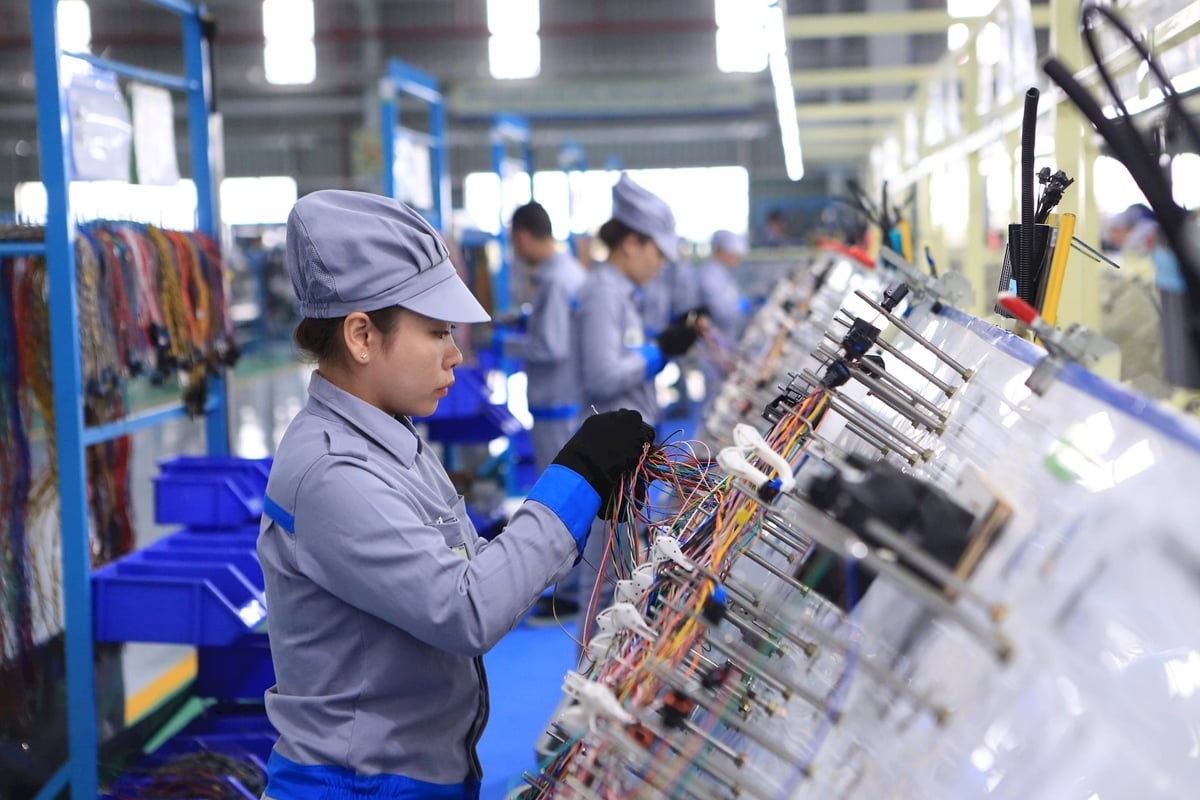
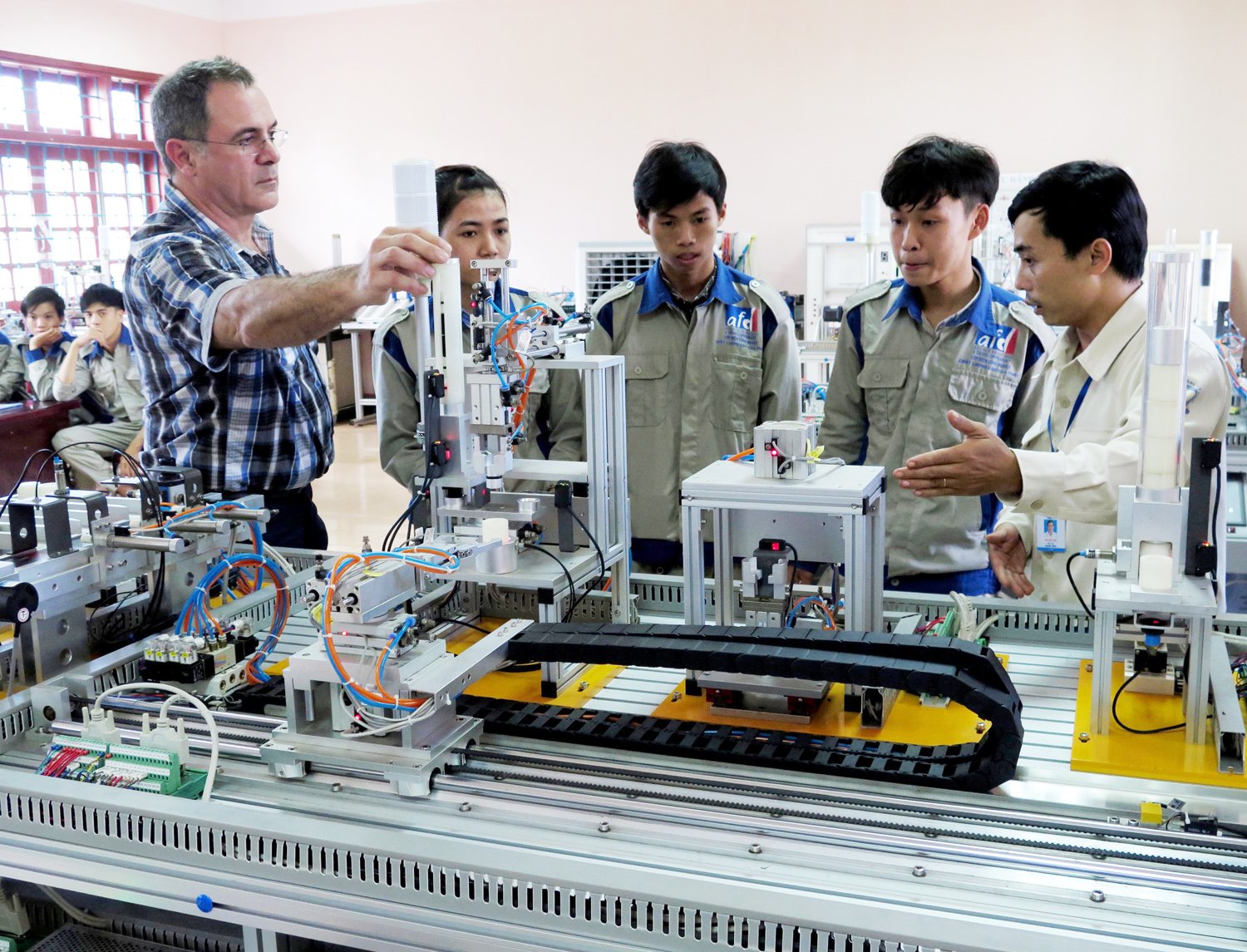
![[Photo] Many people eagerly await the preliminary review despite heavy rain](https://vphoto.vietnam.vn/thumb/1200x675/vietnam/resource/IMAGE/2025/8/27/4dc782c65c1244b196890448bafa9b69)

![[Photo] Panorama of the 29th Congress of the Party Committee of Nhan Dan Newspaper](https://vphoto.vietnam.vn/thumb/1200x675/vietnam/resource/IMAGE/2025/8/27/aa31210f7e2b47de948b2b60dde20aff)





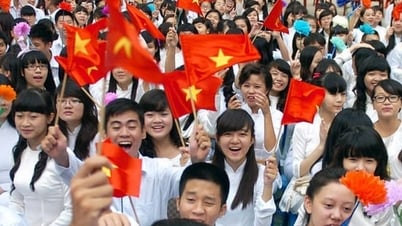

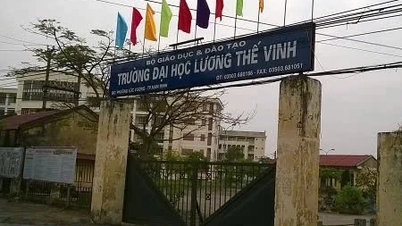

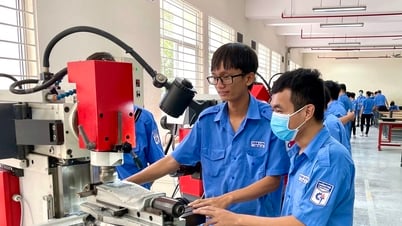



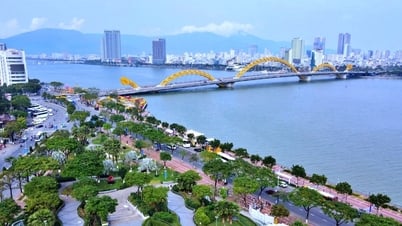







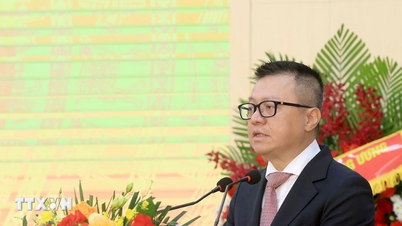








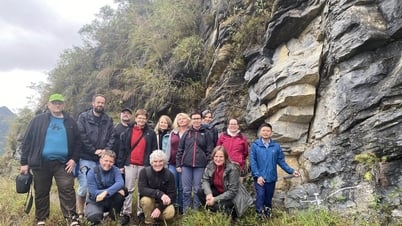

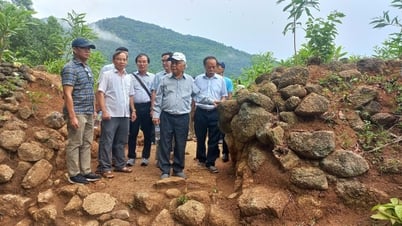
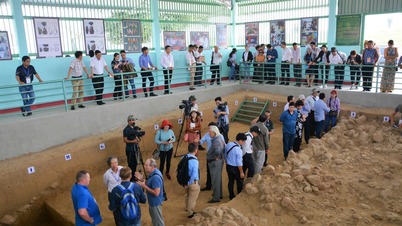

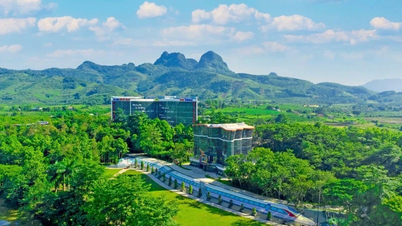

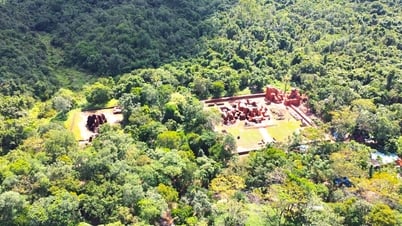

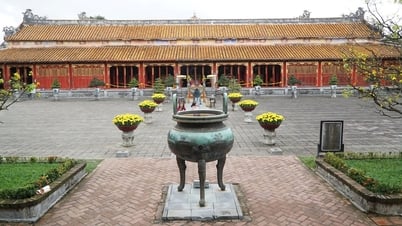






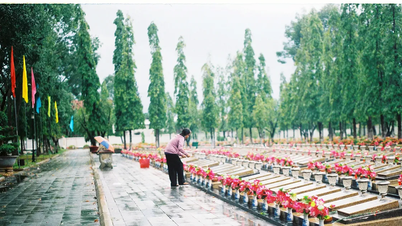







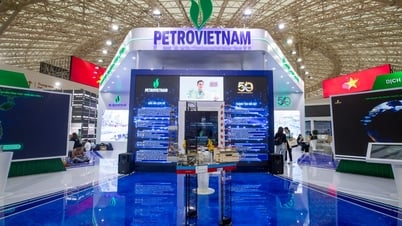



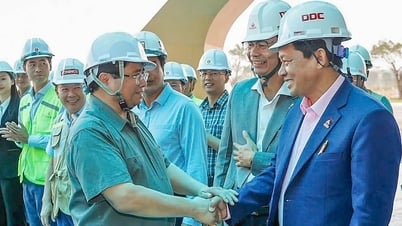
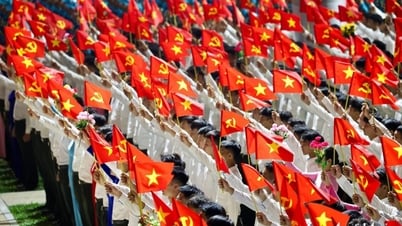




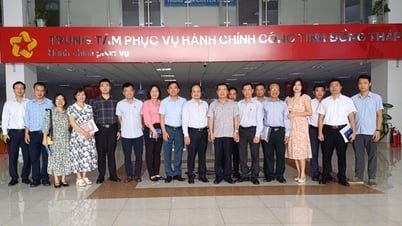

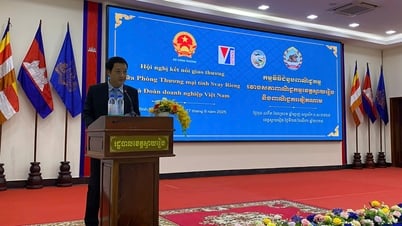











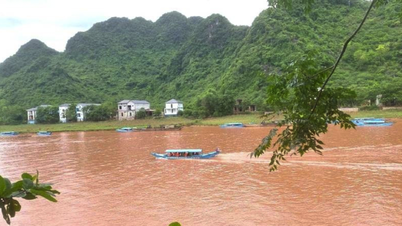







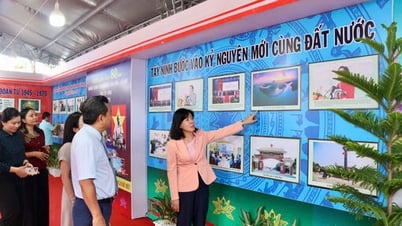










Comment (0)